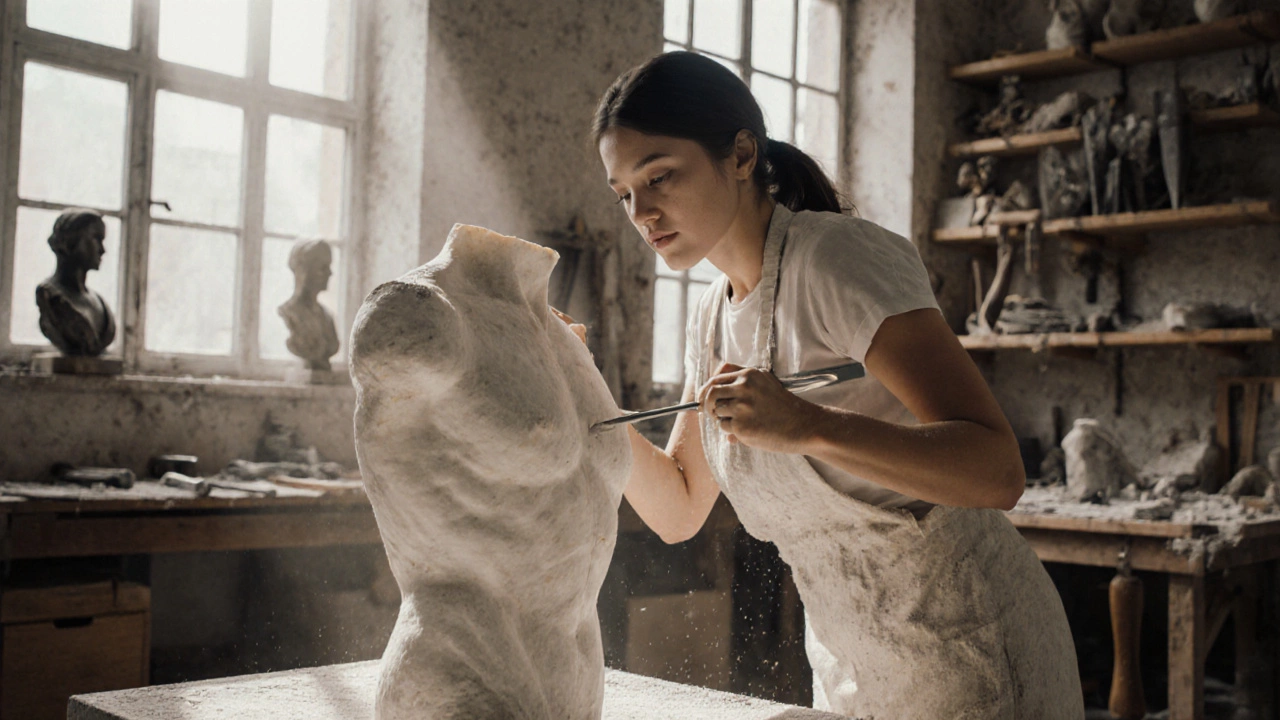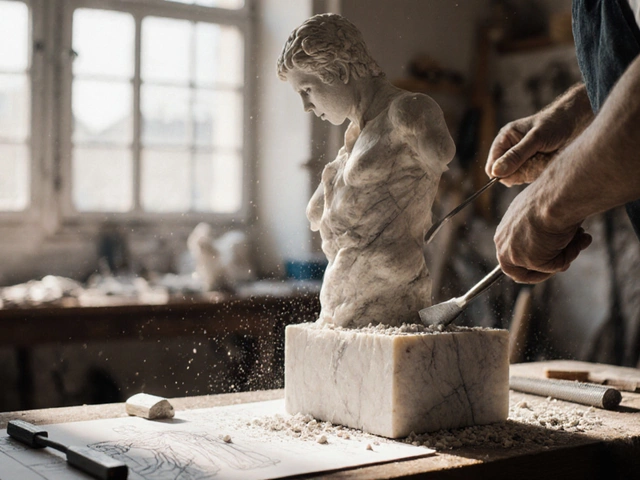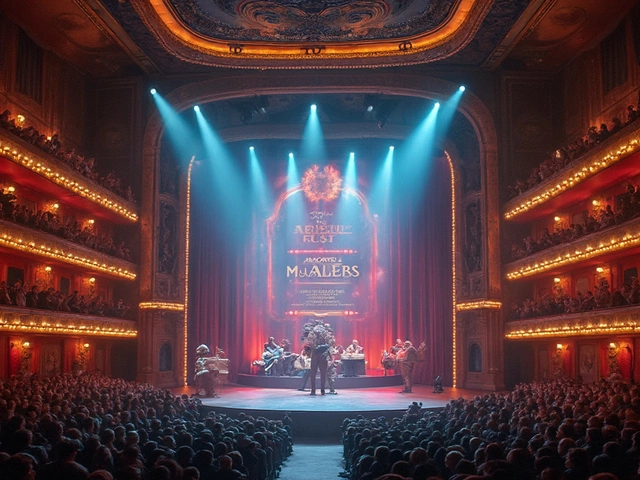Female Sculptor Term: Names, History, and Meaning
When talking about female sculptor term, the label used for women who practice three‑dimensional art, also called sculptress, we step into the world of sculpture, the art of shaping stone, metal, clay, or other materials into form. The way we name creators is heavily tied to gender in art, the study of how gender influences artistic practice and language, which has evolved a lot over the past century.
Historically, the female sculptor term emerged in the 1800s when women began entering academies that were traditionally closed to them. Early catalogues listed "sculptress" beside "sculptor" to signal a woman's gender, even if the work was indistinguishable in skill. Artists like Camille Claudel and Harriet Hosmer were often introduced as "the sculptress who…" rather than simply "the sculptor." This naming pattern reflected a broader societal view that art created by women needed a special qualifier.
In the 20th century, feminist movements challenged that qualifier. Critics argued that adding "female" or "sculptress" reinforced a gender divide, suggesting women were a subset of the main category. As a result, many institutions shifted to the gender‑neutral "sculptor" for everyone, while still noting the artist's gender in biographical notes. Today, you’ll see both approaches side by side: museum labels might read "Sculptor, Barbara Hepworth (1903–1975)," while articles on women in art often use the phrase "female sculptor" to highlight under‑representation.
In the world of figurative sculpture, representational works that mimic real‑life forms, the female sculptor term often appears in exhibition catalogs and academic papers. These works—ranging from realistic figurines to hyperrealistic busts—show that women have long been adept at capturing the human body. The term helps researchers track how many women contributed to this sub‑genre, providing data for gender‑focused art history projects.
Materials and techniques also intersect with the term. Early women sculptors were frequently steered toward "soft" media like clay or wax, which were seen as more appropriate for domestic studios. Over time, they broke into marble and bronze, proving that the medium itself does not dictate gender. Understanding this material journey clarifies why the female sculptor term sometimes carries a legacy of both limitation and triumph.
Art history curricula now include dedicated modules on women sculptors, using the term as a hook to explore broader themes of access, patronage, and critical reception. Courses highlight how the label shapes the narrative: a piece listed under "female sculptor" may be studied for its technical merits and also for what it reveals about the artist's social context. This dual lens enriches students’ appreciation of both the work and the language we use.
For writers, curators, and SEO specialists, using the correct term matters. When drafting exhibition notes, opt for the most neutral language—simply "sculptor"—unless the gender context is essential to the story. In online content, pairing "female sculptor term" with related keywords like "sculpture terminology" and "women sculptors" boosts discoverability while respecting modern naming conventions.
What You’ll Find Below
The articles that follow dive deeper into modern art styles, realistic sculpture terminology, and the evolving role of women in the visual arts. Whether you’re curious about the latest AI‑driven art movements or need practical tips on pricing portrait commissions, this collection gives you the context and tools to explore the world of sculpture and beyond.
Female Sculptor: Proper Term and Gendered Language in Sculpture
Explore the correct term for a woman who sculpts, why gendered language matters in art, and how to refer to female sculptors with respect and clarity.
Continue Reading




